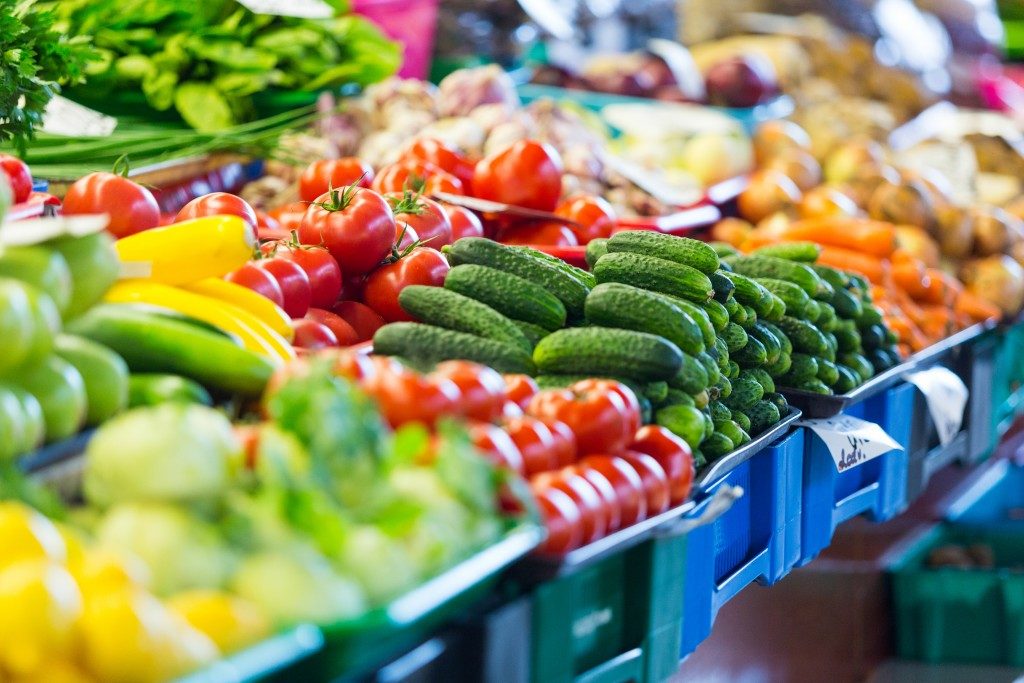For many, the initial joy of growing your food can lead to a burgeoning smallholding operation. At some point, smallholders realise that in pursuit of their passion, they have begun to produce more than they need to feed their family. And this surplus can help feed others. So they gather available help, bundle the harvest into pallet bins then onto trucks, and drive off to the market to sell their produce.
Things aren’t quite so simple in practice, though. Nowadays, making the transition from growing food for yourself to selling your produce will entail a few important considerations.
The distribution process
Getting food from farm to table is simple when it’s your own farm and table into consideration. In modern times, most transport of produce is done overland by road or rail, or a combination of the two. Bear in mind that increasing distance covered, speed of travel, and any possible need to switch transportation routes or methods, would also drive up the cost.
The most reasonable target if you’re starting out is to deliver and sell your goods door to door, or at the local farmer’s market. Instead of seeing these as just mere transactions, use them as opportunities to build relationships with your community. If you eventually decide to expand your operations, you can work out an arrangement with other local smallholders, or a distributor working in your area.
Handling and spoilage
While you might be able to deliver a basket of vegetables to each of your neighbours just driving your car, that won’t be suitable as your operations scale up in volume and distance. Making longer trips overall increases the chances of bruising or other damage to your produce. Fruits and vegetables also continue to respire, and gases produced can accumulate in tight conditions or over time leading to spoilage. And unless the temperature is well regulated, the aforementioned factors leading to the deterioration of produce can become amplified.
In order to cut down on time and energy costs, it’s best to minimise the number of trips by handling as much produce as safely as you can. You can invest in loading equipment, including machinery and containers, to ensure that everything is packed neatly onto well-ventilated pallets, reducing any damage from bumping and bruising while maintaining good ventilation and maximising the available space on the vehicle.
As for the vehicle itself, an open pick up does fine for trips to the local market. If you plan on using a closed truck, make sure that it has thermal regulation. Information on the optimal temperatures for different types of products is available online so that you can maintain good conditions throughout the transport process.
Pricing and marketing

As your smallholding has grown into a business, it’s time to embrace that reality and learn some of the basics of running one. Your local customers are your best sources of information. Build relationships with them to gather reliable knowledge of what they want, pricing points, and opportunities in the market.
The internet makes it possible to reach more customers than ever. Locals might not frequent the local market but may be interested in purchasing online. Establish an online presence on social media or invest in making your own website to expand your network. Remember, your customers are the best source of information on what works and what is needed to improve.
As the needs of our growing population continue to strain against Earth’s available resources, there has never been a better time to become involved in food production. As a smallholder, you can make a real difference in fulfilling the needs of your community.



